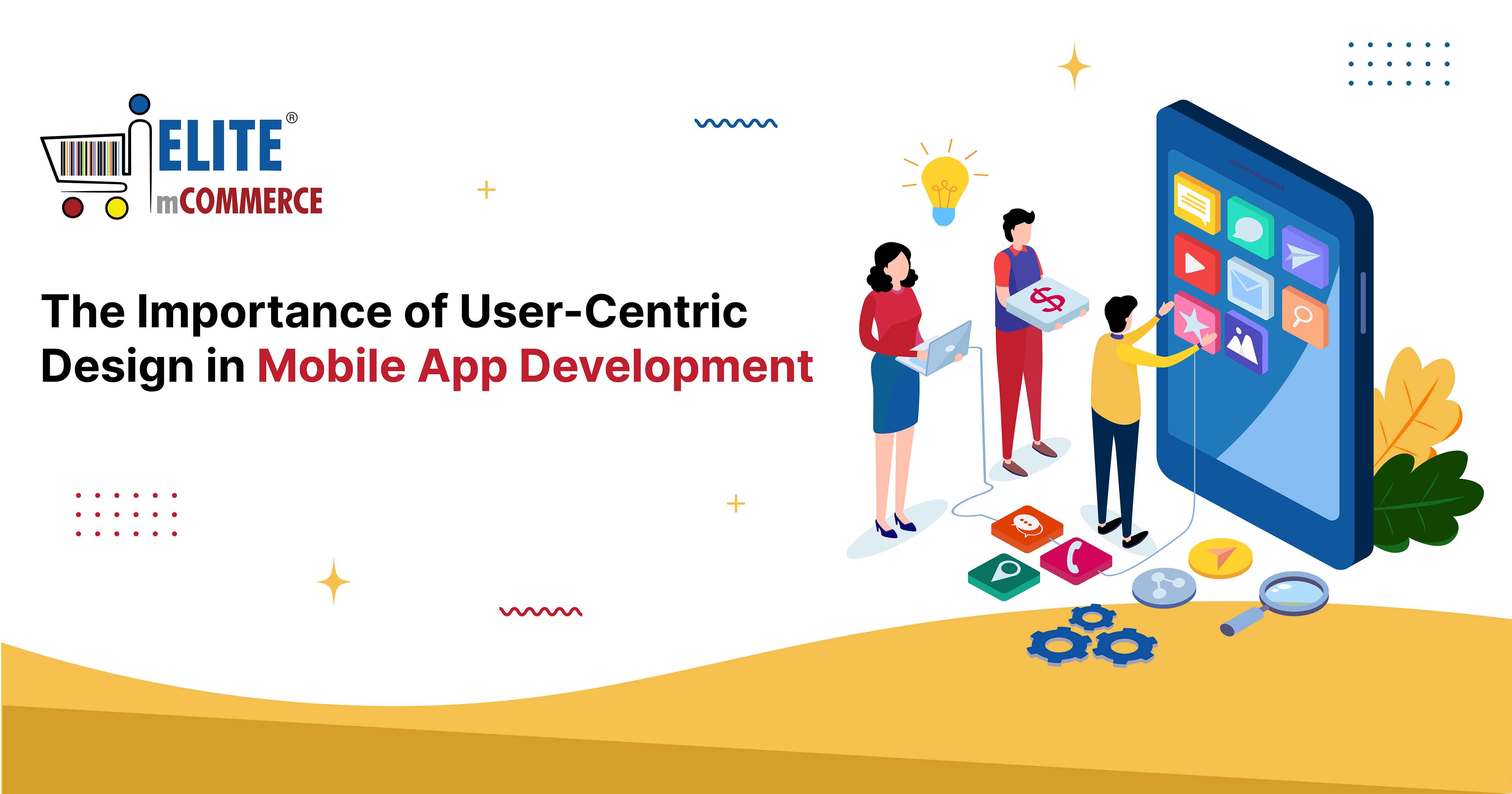With necessity being the mother of invention, the need for a comprehensive method of locating images based on their actual colors, shapes and patterns as opposed to their textual description is what sparked the idea of a content-based image retrieval system many years ago. CBIR as it was coined in the 1990’s, is used to facilitate reverse image searches or visual searches for users.
Queries that are done using pictures instead of metadata, which is essentially a visual search, is a technology that is progressing rapidly. The need for searches of this type are quite evident and fill a vast space with user search experiences. Though they may not be as in demand now as they will be in the future, developments are underway. This can be seen in the works of popular search engines like TinEye as well as Google’s search by image option and Pinterest.
TinEye is regarded as one of the first web-based search engines of this nature with Google’s search by image feature trailing in as an addition to their normal image search and Pinterest releasing its tool in 2015. Other apps and software programs for this functionality are also wide and abundant. Many eCommerce companies for instance have this feature as a search option on their websites already. Also, some apps that were popularized with this intent include Google Goggles and CamFind.
So How Does It All Work?
Visual search or reverse image searches are accomplished using algorithms that break down an image into various identifying characteristics. For example, the outlines of an object are digested as well as colors, patterns, shapes, sections, size distribution and much more. Text and names are also considered. Many small and large scale search engines utilize metadata to boost their visual search process as well. Google search by image for instance uses metadata with its image search.
A visual search is initiated simply by either an upload of the image, dragging and dropping it into a search bar or pasting the image’s URL into the search bar. Some web browsers also have the option to right click an image and search for it as well. Web-based search engines are also known to host their own database to look for images. TinEye for example, boasts an index of over 13 billion images available for analysis.
This technology can also be integrated into some of the most popular existing platforms for businesses such as Shopify, Magento and Prestashop, which makes the benefits accessible to everyone.
The type of image used in the visual search also will impact its likelihood of success with a search engine. Personal pictures or small business logos for instance will likely show less search results than a popular image such as a landmark or retail item.
Most importantly, these basic or complex algorithms have dramatically changed the way people search for items that they know little to nothing about. Also for items that are difficult to describe. A lot of information or correct spelling is no longer a barrier to someone finding exactly what they are looking for.
This technology is also great for assisting in copyright fraud and infringement cases. TinEye for instance was originally established with that purpose in mind-to market to copyright owners interested in locating duplicate or altered images. The purpose has now obviously surpassed that, but can still prove useful in some markets.
Read also: Keep Touch with your Customers through Mobile eCommerce
The Impact Of Visual Searches On The Big C
Commerce, or the Big C as it is being referred to here, is the mother of many inventions; most with the sole purpose of improving the retail space for consumers, whether physical or virtual. And although visual searches serve many other relevant and functional purposes, the connection that it has to e-Commerce and mCommerce has to be one of the most dramatic.
With the human brain processing images much faster than text descriptions can ever muster and most purchases being heavily influenced by images, user experiences and therefore end conversion rates are improved with visual searches.
Many companies have already jumped on board as they see visual searches offering the potential to provide them with a new wave of successful user engagement. M-commerce and eCommerce vendors can easily incorporate these technologies on their respective platforms such as Magento, Prestashop or Shopify with the right expert tools and coding. And customers that utilize visual searches have the benefits of:
-
- Quickly finding the item they are looking for with minimal time spent typing and reading
- Having many options available to them in the same category with similar features
- Instantly connecting with any item they see online or on the street
Putting Visual Searches Into Action
With all of these benefits, and the world’s search habits swiftly changing from text-based to audio and visual-based queries, we can expect more efforts and platform integrations to support visual searches in the near future.
Reverse image searches provide countless advantages to consumers and retailers. Primarily minimal search efforts and a wide variety of selections are among the greatest advantages. When a prospective buyer knows what they want for instance, but not how to describe it this technology comes into play.
Other relevant points to consider that are especially relevant to business owners and site store managers, are the things that go into a successful visual search program. One is a large and substantial database. Though a smaller database may be useful in some instances, more often than not the results will not be as expected. More search results provide buyers with more options and a better user experience.
Lastly, a look at the ROI, or return-on-investment is significant as well. This can simply be done by looking at the benefits of the technology divided by the costs of the investment. The benefits being the net profit that resulted from the investment.
Keeping this in consideration along with various metrics to measure success with visual search integration will hopefully ensure that your program is a success.















Add comment